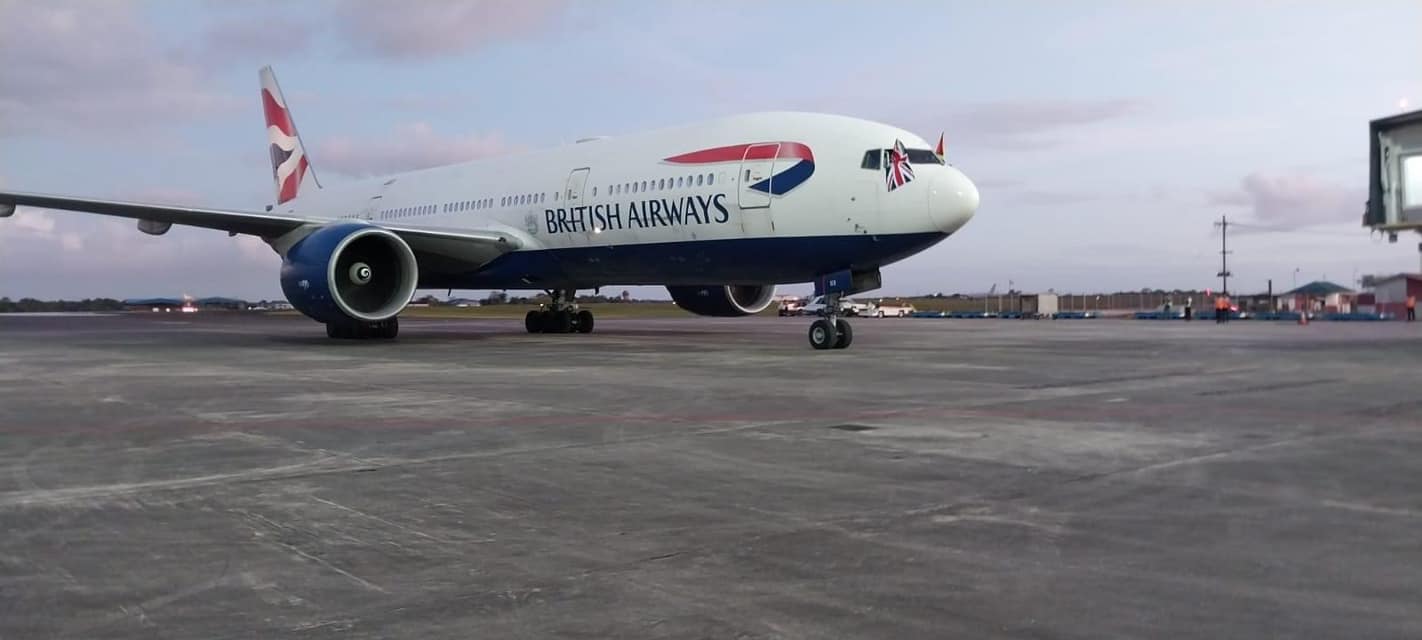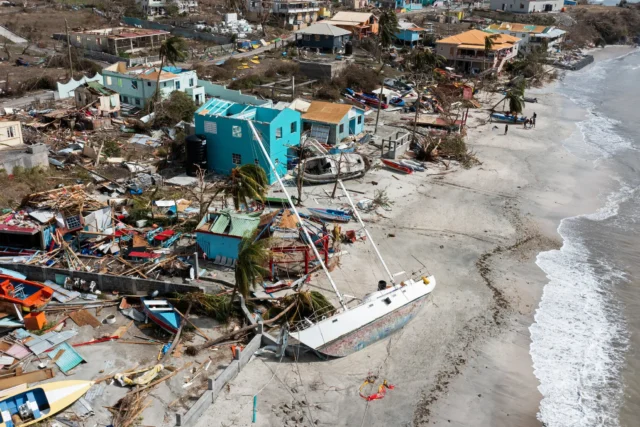
By Danielle Swain
In the brightly lit corridors of the convention centre in Baku, Azerbaijan, a senior Caribbean climate negotiator paused, coffee in hand, and promised a blunt assessment of this year’s United Nations Climate Change Conference, known as COP29. That candid evaluation would come almost a week later, delivered over Google Meet. “At the end of the day, the decision was not quite what anybody really wanted,” the negotiator said. “But it’s not a surprise, given the circumstances we’re in.”

As the dust settles on COP29, Caribbean nations confront a sobering reality: progress on climate finance remains painfully slow, and the ambitious goals many had hoped for seem more distant than ever.
From the hard-won freedom of the Haitian Revolution to Bob Marley’s revolutionary reggae, the Caribbean has long been the ‘lil axe for the big global tree’. Thinkers like Walter Rodney have challenged colonial narratives, while athletes like Bolt, Alfred, Lara and Chanderpaul have captivated the world with record-breaking feats. Even Rihanna has transformed her pop stardom into an international business empire. For a region that comprises just 1 per cent of the world’s population, the Caribbean has consistently shaped global culture and discourse.
Yet despite their outsized influence, Caribbean nations face immense challenges in climate change negotiations. The impacts of global warming are not abstract threats but daily realities: rising sea levels, intensified hurricanes, and the salinisation of freshwater resources.
One of the most contentious issues at COP29 was the New Collective Quantified Goal (NCQG) on climate finance, a framework intended to mobilise funding to help developing countries mitigate and adapt to climate change. Developing nations had proposed a figure of $1.3 trillion a year, a sum that “still doesn’t really get the job done,” the negotiator, who didn’t want his name published, noted. This amount would only limit global warming to 2.7 degrees Celsius above pre-industrial levels, far from the 1.5-degree target crucial for vulnerable nations like those in the Caribbean.
However, negotiations concluded with a commitment of only $300 billion a year by 2035.
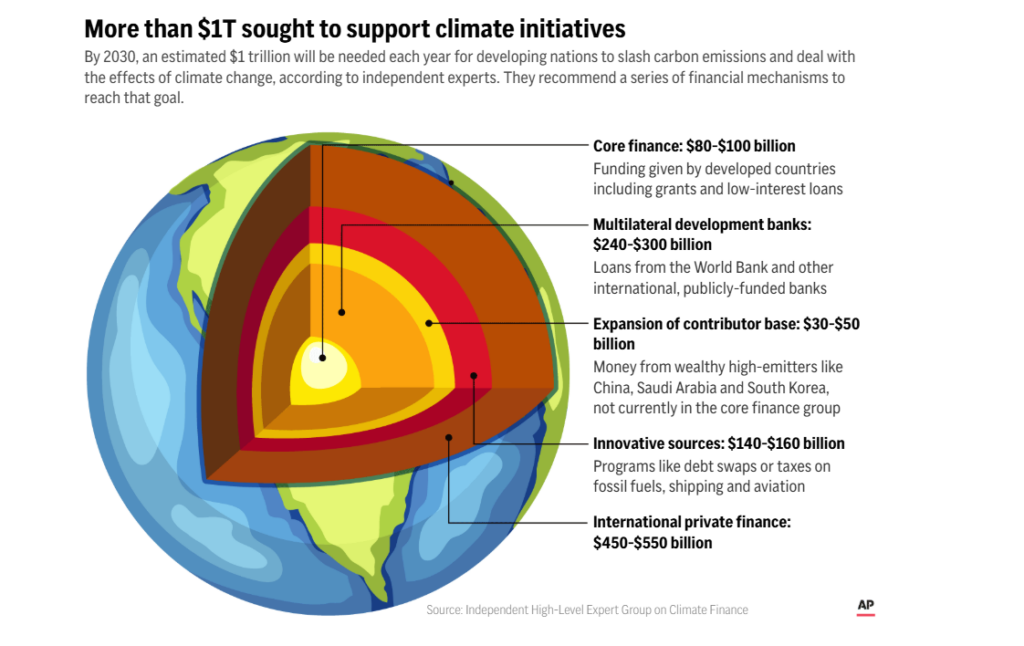
“When you take into account inflation and the various sources they want to use, it really is not a huge amount more than the original $100 billion goal,” the negotiator explained. Developed nations continue to shift financial burdens onto the private sector, which has little incentive to finance adaptation and loss and damage initiatives. “The private sector will never fund adaptation and loss and damage because there is no revenue stream in it,” they asserted. “That’s not how the private sector works.”
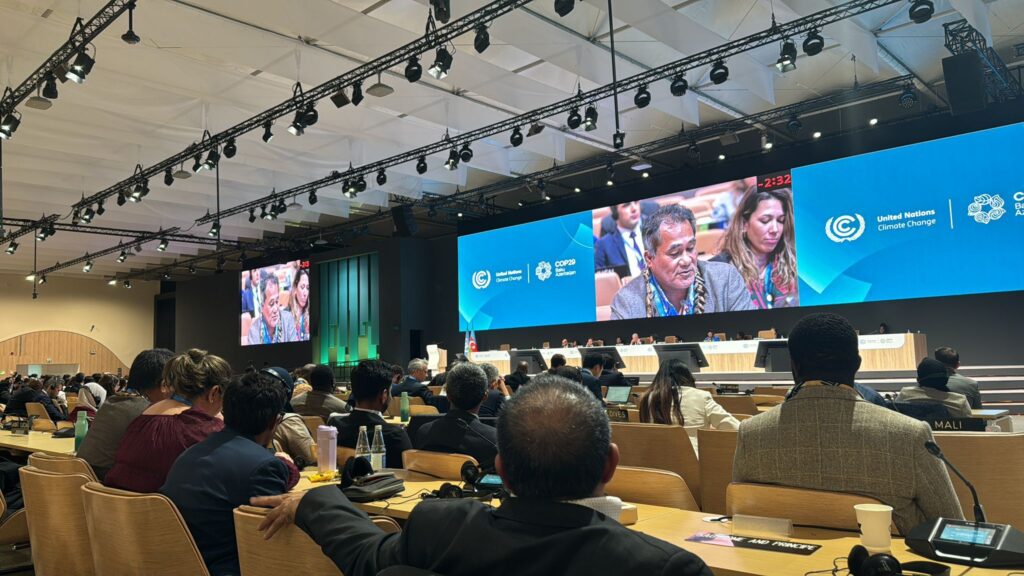
The timeline of the agreement also drew criticism. With a 2035 deadline and no obligations to increase funding between 2025 and 2035, there is fear that developed nations could delay meaningful contributions. “They can just simply meet the goal in 2035 and say, ‘So we met it,’ but there’s no ramping up, which is what I think a lot of people would like,” the negotiator said.
On the topic of expanding the base of contributors, the negotiator cautioned against shifting financial burdens onto developing countries that are beginning to build wealth from industries such as oil and gas. “Depending on the indices you use, countries such as Guyana or Barbados or Trinidad or the Bahamas can very quickly find themselves on a list of countries expected to contribute. And we have to be very careful in that,” they said. The negotiator pointed out that China, though often depicted as a climate villain, is already the largest provider of voluntary climate finance globally.
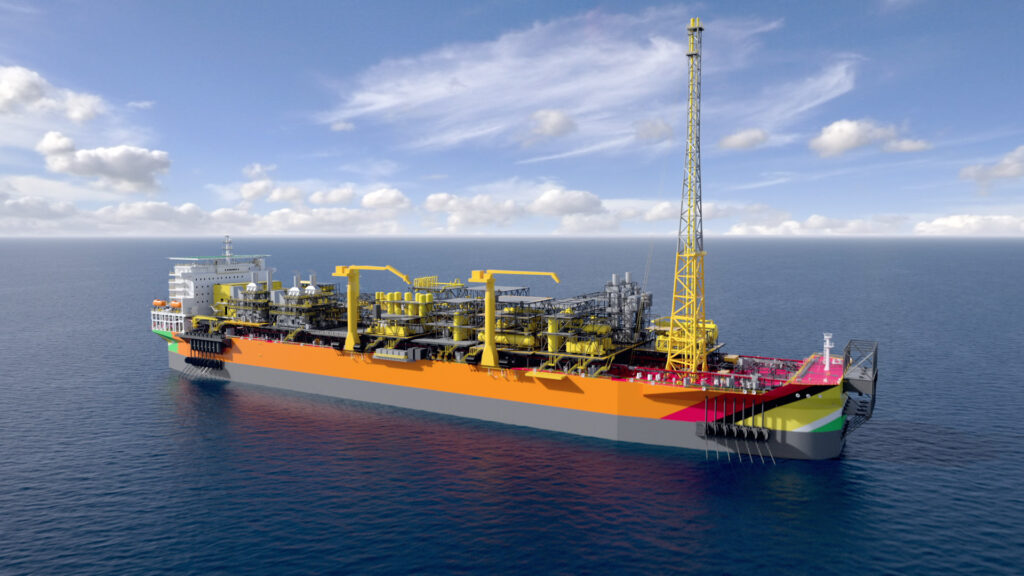
There was, however, a silver lining in the final agreement: recognition of the need to reform the global financial architecture to address barriers such as high capital costs and the unsustainable debt levels of developing countries. While such provisions are a step in the right direction, the negotiator noted a lack of specific measures or timelines. “It references removing these barriers, supporting calls made through initiatives like the Bridgetown Initiative, spearheaded by Barbados’ Prime Minister Mia Mottley, to make financing more accessible for developing nations,” they said.
For the Caribbean and other vulnerable nations, this financial reform could be crucial. The consequences of a deal that doesn’t adequately support developing nations are dire. Climate change is not a distant threat in the Caribbean; it is a lived reality. “The cost of every project goes up because you have to put climate resilience into it,” the negotiator said. “Maintenance for the seawall, for instance, is going to go up. Maintenance costs for the roads, the overall construction cost for a road, a bridge, a hospital, a port—any of those things.”
Insurance, once a safety net, has become a luxury many cannot afford. “Every time we’re hit, or given the fact that the U.S. is hit multiple times a year, all of the insurance costs go up for the entire region,” they noted. “When you’re a small, poor country, affording that insurance is a problem.”
BREAKING: Hurricane Beryl upgraded to a category 5 hurricane with 161 mph winds.
This is nearly unheard of this early in the season. pic.twitter.com/s2KxELwaEM
— Brian Krassenstein (@krassenstein) July 2, 2024
Loss and Damage
Loss and Damage, a critical issue for Caribbean nations, was addressed during the “Caribbean Rising” panel at the CARICOM Pavilion in Baku, but with limited optimism. Sasha Jattansingh, a Loss and Damage specialist, called for a human rights-based and climate justice approach to operationalising the fund. She emphasised that access to the Loss and Damage fund must be flexible and timely. “We have to look at access, and also ensuring that the funds have to be climate concessional and grant-based because every time we have any sort of hurricane or major flooding, we have to deal with debt incurred,” Jattansingh said during the panel discussion. “It shouldn’t take three or four years to get the monies. What will happen? Three or four hurricanes hitting us year after year. It has to be responsive to our needs and flexible.”
Despite the difficulties with insurance, regional innovations offer potential solutions. The Caribbean Catastrophe Risk Insurance Facility (CCRIF) has pioneered parametric insurance, delivering payouts within days of disasters. Yet its scope is limited. With support from the Loss and Damage mechanism, CCRIF could expand, providing a safety net for vulnerable sectors like fisheries and tourism.
No Climate Justice = Climate Migration
“The problem is most developed countries are concerned about a migration issue,” asserted Rochelle Newbold of the Bahamas during the same event. “If you make the situation so egregious for persons to not be able to thrive in the countries that they are in, they are going to move. They are going to go someplace else where they think it’s greener and better. And with all the steps that you’re taking to try to prevent that, you’re gonna find these people on your doorstep whether you like it or not.”
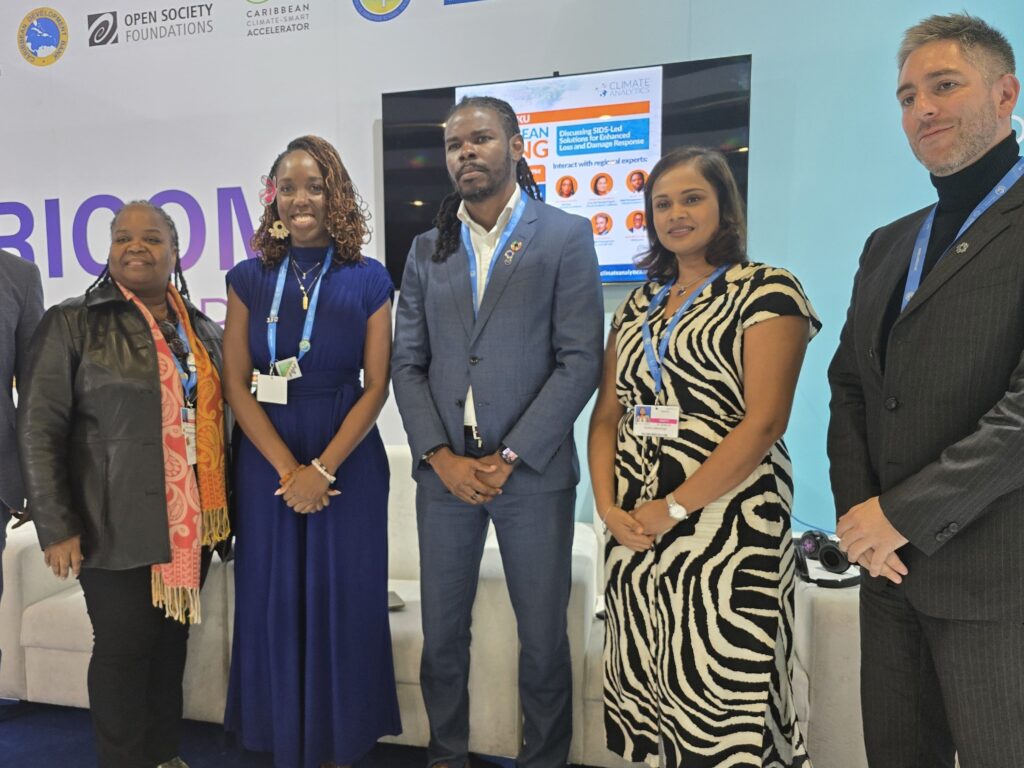
COP29’s Breakthrough on Article 6
Amid the frustrations, COP29 did see significant progress on Article 6.4, which outlines how international carbon crediting projects will work. Yalchin Rafiyev, COP29’s lead negotiator, announced that consensus was reached on the standards for Article 6.4 and a dynamic mechanism to update them. This development is a “game-changing tool to direct resources to the developing world and help us save up to $250 billion a year when implementing our climate plans,” Rafiyev stated.
Simon Stiell, the United Nations Climate Change Executive Secretary, emphasized the importance of this agreement: “When operational, these carbon markets will help countries implement their climate plans faster and cheaper, driving down emissions.”
What this means for Guyana
With the compliance market closer to becoming a reality, Guyana stands to benefit significantly. “The decision made at COP29 means that Guyana can now move to that Phase 3 of the work we had set out since 2009,” said Pradeepa Bholanath, a climate economist from Guyana, in an interview with the News Room. “From a financial standpoint, this will mean that the market will have a stronger framework, more buyer interest, potentially higher prices, and more expansive demand.”
In practical terms, this could translate into billions of dollars for Guyana. The country has already engaged in the voluntary carbon market, selling a third of its carbon credits for a minimum of $750 million. “Now, it’s no longer the voluntary market but the compliance market,” she said. “It will mean more buyers getting involved, more sellers getting involved, and it will mean that the price level could potentially go up.”
Baku to Belém: What to expect at COP30
Heading into COP30 in Belém, Brazil, the Caribbean faces the daunting task of pushing for more ambitious outcomes in an increasingly polarised space. Article 2.1(c) of the Paris Agreement, is set to be finalised and aims to align financial flows with low greenhouse gas emissions and climate-resilient development. This means the battle is far from over.
“For us, it’s not just about mitigation,” the negotiator remarked. “It’s about climate-resilient development—building hospitals, roads, and seawalls that keep us safe. These are critical to our survival, but they also come with high emissions footprints.”
The negotiator expressed scepticism about the “Baku to Belém roadmap,” meant to guide efforts until the next COP in Brazil. “Honestly, from my perspective, it doesn’t have a clear structure and there’s no accountability,” they said. “I’m not very confident that it’s going to provide what it is we really want.”
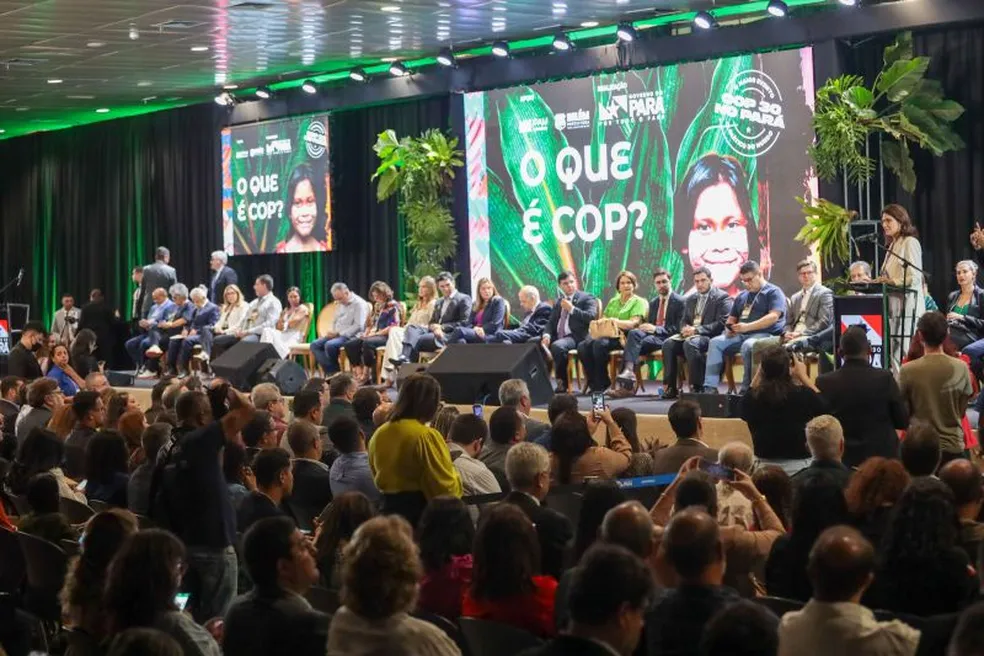
Despite the frustrations and seemingly insurmountable obstacles, the negotiator remains committed.
They also highlighted the complexities within climate negotiations. “It’s not just simply a line—all developing countries good and all developed countries bad. We have our own internal wranglings; we don’t always all see eye to eye,” they said, emphasizing the nuance often lost in these discussions.
The urgency of focusing on the most vulnerable was a recurring theme. “A country and a region is only as resilient as its most vulnerable people,” the negotiator concluded. “At the end of the day, it’s about people and it’s about ecosystems. It’s putting people and ecosystems first.”
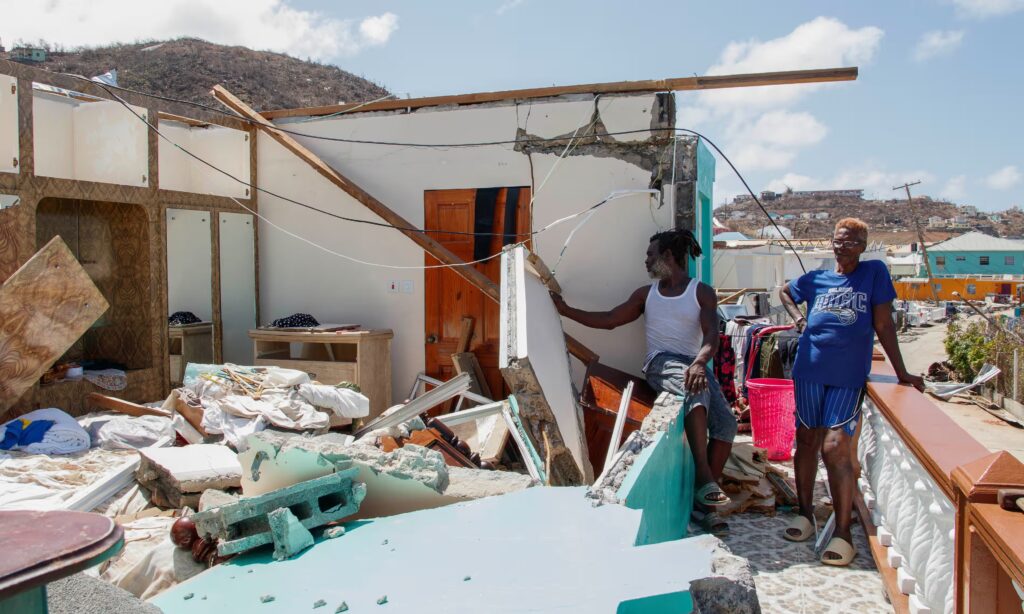
The Caribbean: A fragile but unyielding resolve
Despite the setbacks, there is hope, particularly in the solidarity that exists within the Caribbean. The negotiator praised regional leaders, including Prime Minister Mottley of Barbados and President Irfaan Ali of Guyana, for their determined advocacy. “We may only be 1 percent of the world’s population, but that 1 percent matters,” they said, a reminder of the Caribbean’s fragile yet unyielding resolve in the face of climate uncertainty.
Just as the steelpan rose from industrial waste to become a symbol of ingenuity and unity, Caribbean nations continue to rise from the wreckage of storms and global politics. They are crafting a narrative where the smallest voices demand the biggest changes—and are determined to achieve them.
(Published as part of Climate Tracker COP29 Caribbean Reporting Fellowship)





